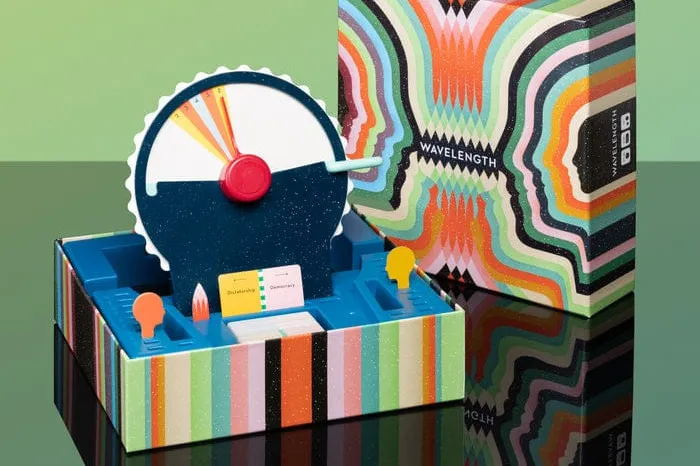PAX Australia 2022 looked different, but does it hurt the show's future?
The biggest platforms and developers weren't on the show floor in 2022. But does the spirit of PAX protect it against the changing nature of games marketing?
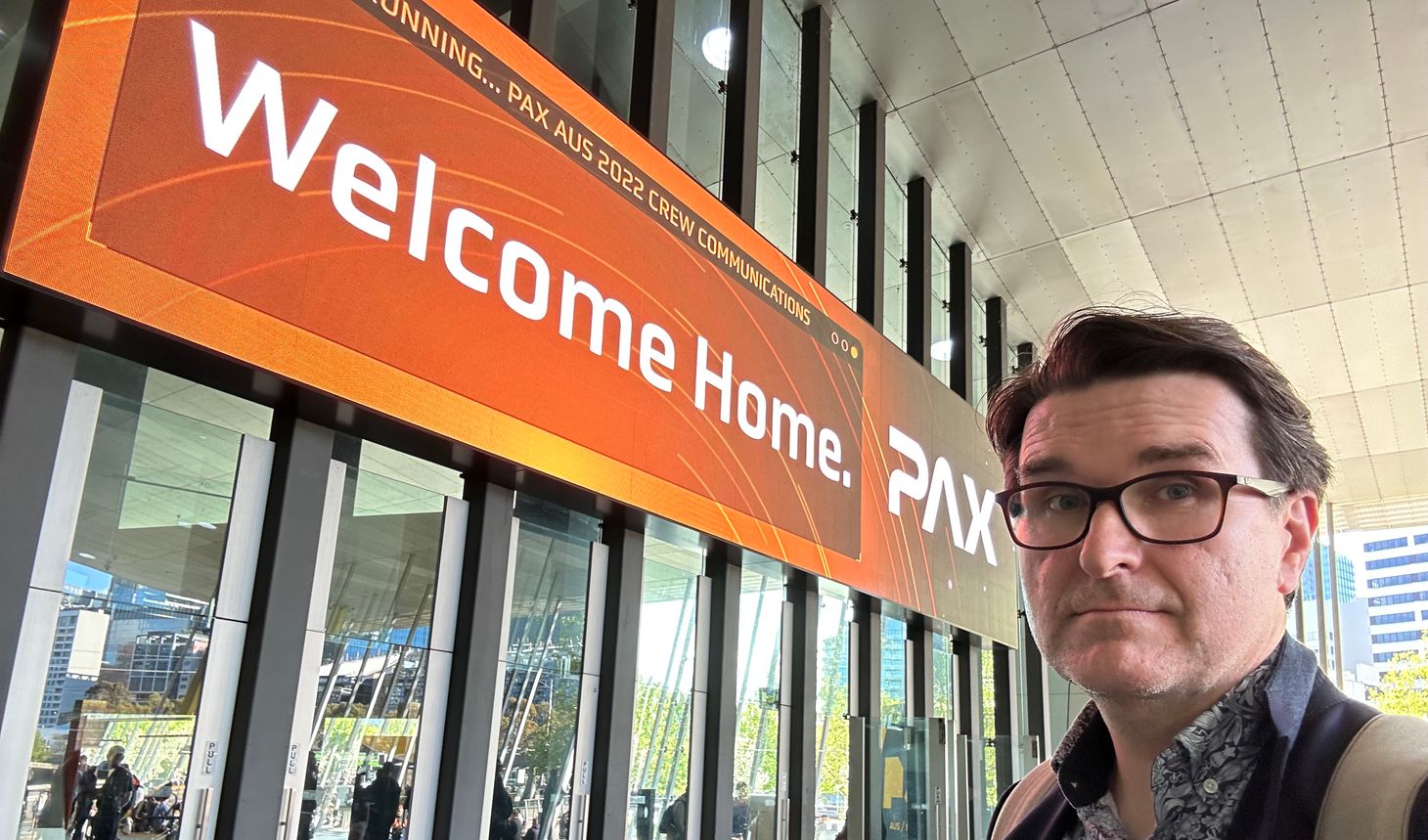
1,090 days. That was the wait fans endured between the end of PAX 2019 and the beginning of PAX 2022. For gamers, nerds and geeks of all persuasions who love this show that puts a "Welcome Home" sign on its front door, it was a long, long wait indeed.
The show has always pitched itself as being about a sense of community. It isn't about the latest games, it's about the people who love games. And not just videogames either. Card games, boardgames, roleplaying games, miniatures wargaming, retro games, pinball... if it's a game, it has a place at PAX.
Coming back together after three years apart, the community story felt as strong as ever. An atmosphere of friendship pervades all areas of the show and it makes you feel good just walking the halls and seeing random encounters, broad smiles, and a sense of joy to be together again.
But what we saw in those halls, the big booths and experiences on offer across the show floor, had changed a lot since 2019. And it speaks to significant changes in how the games industry is sold and marketed.
AAA for absent
In years past, PAX was a great opportunity for fans to get hands on with major new games from the world's biggest developers. Xbox, PlayStation, and Nintendo would have the biggest booths at the show, with Ubisoft the other 'biggest booth' contender over the years.
All were missing from the show floor in 2022.
It may be four booths out of many dozens, but these were the gravitational booths where fans would queue for hours to get 10 minutes hands on with game previews months ahead of their final release.
In 2022, there were long queues at a new Sega booth to try out Sonic Frontiers, but elsewhere the biggest queue was for the PAX Merch booth, not any other games.
Looking back at maps from 2017 and 2019, the wider mix of booths is very similar to what we see in 2022. Lots of PC technology booths from the likes of Intel, AMD, Lenovo, Asus, Logitech, HyperX, and other peripherals makers.
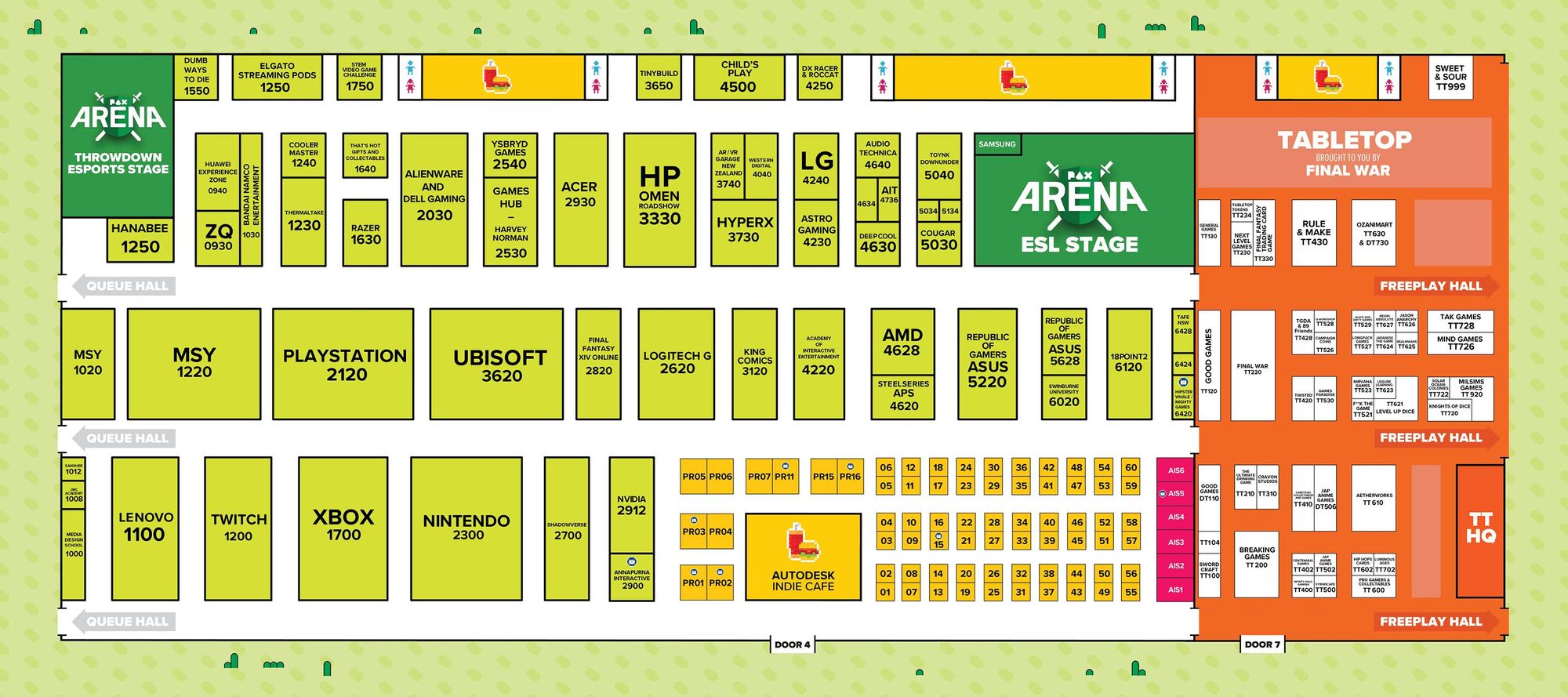
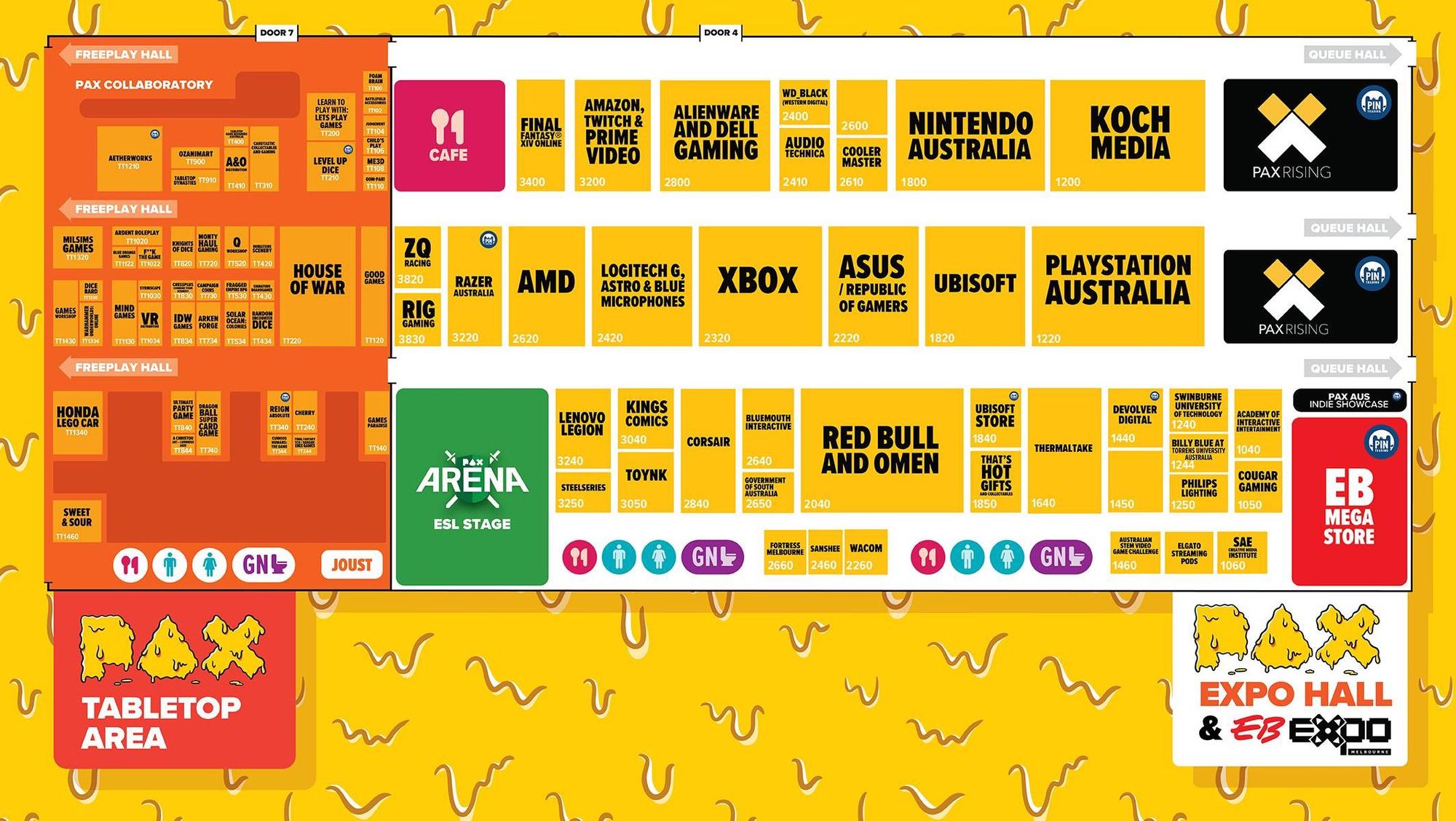
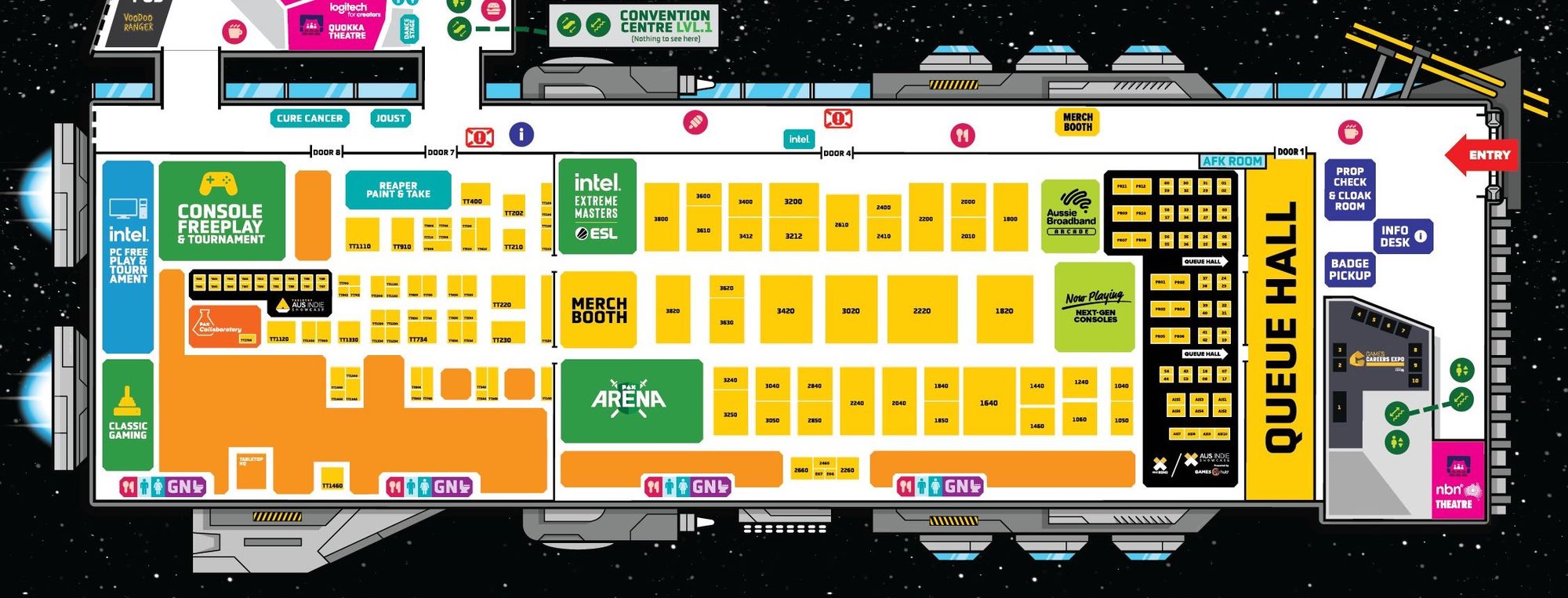
It's those big "latest game" booths that had disappeared, replaced by the likes of Aussie Broadband who put out a big arcade of fun machines like air hockey and other social arcade games that were busy all weekend. People were here to get together and play whatever they could play.
Overall, this was likely a great year for the indie developer zone of the show. Gamers want to game, and in the absence of Big New Titles to queue for, many attendees probably had more time available to go check out the brilliant indie titles on show instead.
The Direct effect
What changed in the past three years? You know, apart from a global pandemic keeping us apart for so long?
The most significant shift in the games industry has been toward the big publishers and platforms creating highly produced video updates where they speak directly to fans via Twitch, YouTube, and the wider social media universe. It's far cheaper than paying five-figure sums to just rent a booth space – and then the same again to make that booth space worthy of attention.
Nintendo blazed the trail with its Nintendo Direct events, and the other big platforms have followed suit. These kinds of video events also hit the E3 industry trade show hard – that same question of what's worth the investment making the direct approach making far more sense in a deeply digital world.
Add in the new push from PlayStation and Xbox to build recurring revenue models through their Plus and Gamepass subscriptions and the industry is moving away from trying to win your pre-order dollars for the next big tentpole. It becomes about that ongoing relationship with every 'member' of the service, where those constant conversations through digital channels become the most meaningful place to connect.
A few clever big ticket developers were still in town for Melbourne International Games Week, inviting fans to come to bars or other events to catch up with their communities. Putting money behind a bar instead of into a booth seemed a smart play for some when they knew their fans would be in town anyway.
But does the change hurt PAX?
Shifting trends in how the industry operates may have brought E3 to its knees, but does the disappearance of the biggest brands really do the same to PAX?
As I said at the top, PAX has always foregrounded community. The games are what unifies people who love the show, but it isn't the only reason they come. They come to hang out, and to attend panels where people discuss games of all kinds, or to meet up with diverse communities. People come to be with their kind of people.
It's also a well diversified event for the kinds of games people come to play. In 2022, there seemed to be more tabletop games stands than ever before, with a lot of games designed right here in Australia. That indie scene isn't only for videogames anymore!
From opening to closing late at night, the board game, miniatures and card game areas were always packed. In the middle of the day, in a gigantic hall in the Melbourne Convention & Exhibition Centre, you can struggle to find a table if you want to grab a game and play.
PAX always foregrounded the people who come together through their love of games. In the absence of the biggest games of the year, the vibe may be different when looking at the biggest stands on the show floor, but what makes PAX PAX is still deeply present.
The trends in the industry might hurt for the most laser focused videogame fans, and the events that are entirely about these things. But for PAX, it feels like its welcoming idea for what games are really about will keep it in a good place for years to come.
Byteside Newsletter
Join the newsletter to receive the latest updates in your inbox.

